Tech Articles
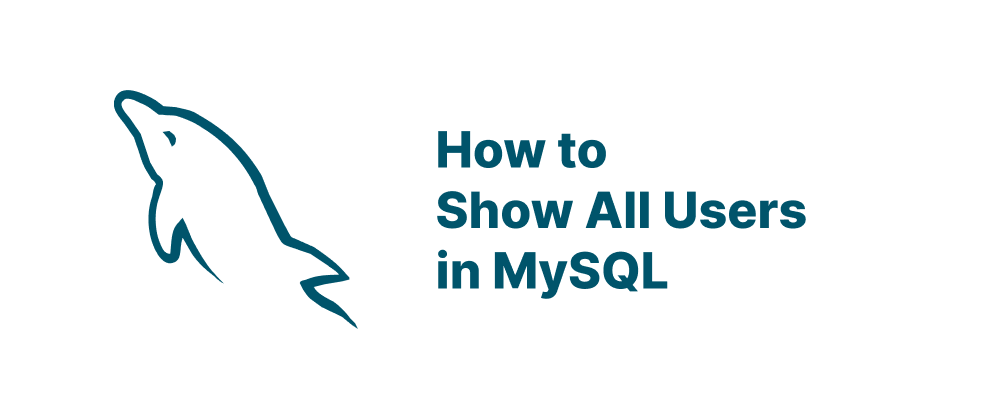
How to Show All Users in MySQL
List all MySQL users using a simple SQL query with proper privileges.

Mastering MySQL INSERT: Techniques for Efficient Data Insertion
How to use MySQL INSERT efficiently and handle duplicates or large datasets.

Understanding and Resolving MySQL Error 1064
Fix SQL syntax issues to resolve MySQL Error 1064 quickly and reliably.

How to Create a Table in MySQL
Create structured, reliable tables using MySQL's `CREATE TABLE` syntax and constraints.

Mastering the MySQL UPDATE Statement: Syntax, Examples, and Best Practices
Safe and effective techniques for updating data with MySQL's `UPDATE` statement.

How to Use MySQL DATEDIFF() to Compare Dates
Compare two MySQL dates and get the day difference with `DATEDIFF()` function.

9 Rust Pitfalls Every Developer Should Know
A guide to common Rust coding mistakes and how to fix them

20 Years of Django: The Secret Behind Its Lasting Popularity
In 2025, the field of web development met a milestone——the Django framework officially marked its 20th anniversary. As the most influential full-stack web framework in the Python ecosystem, since the release of its first public version in 2005, Django has always adhered to the design philosophy of "batteries included" and has been driving a revolution in web development efficiency. This article will analyze the iterative path of Django's core functions along the timeline of its version evolution, and conduct technical comparisons with mainstream frameworks such as Ruby on Rails, Spring, and NestJS to showcase its continuously innovative technical genes.

A Deep Dive into Pattern Matching in Rust
A comprehensive guide to Rust’s powerful pattern matching syntax and its practical use cases.
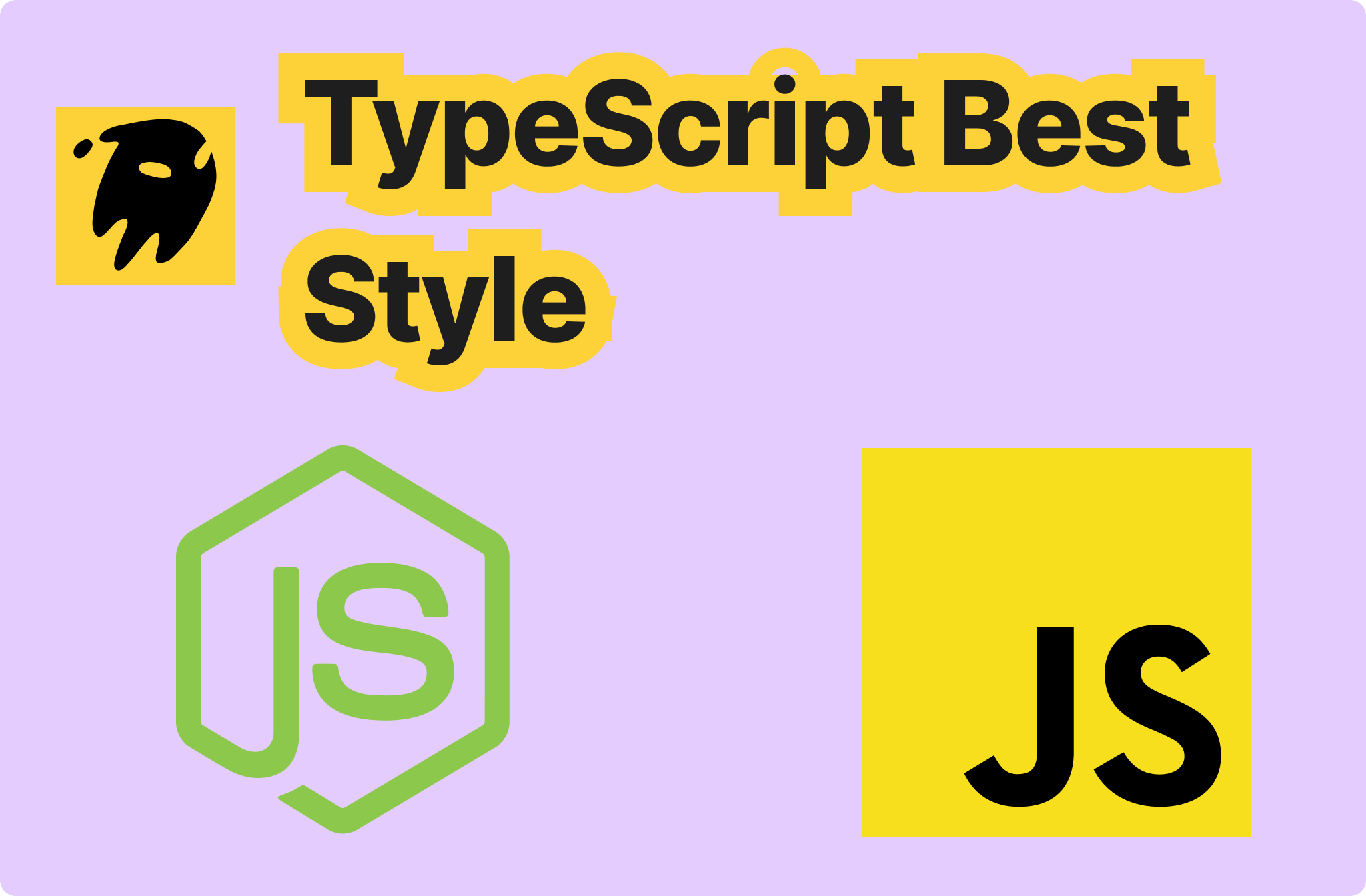
16 Bad TypeScript Habits You Need to Break Now
The key to mastering TypeScript lies in a deep understanding of the design concept of the type system and developing a standardized coding habit. By avoiding the above 16 common issues and reasonably using features such as type declarations, utility types, and generics, you will be able to write more secure and maintainable code and fully leverage the advantages of TypeScript.

Getting Started with MySQL CREATE TABLE: Syntax and Practical Examples
MySQL `CREATE TABLE`: structure, constraints, and real-world usage tips.

Mastering MySQL's SUBSTRING_INDEX() for Structured String Parsing
Extract structured substrings in SQL using delimiters and direction.

Mastering MySQL DATE_FORMAT(): Format Dates with Precision
Format MySQL dates into readable strings using flexible format specifiers.

Deep Dive into Rust's Sized Trait and Dynamically Sized Types
Understand how Rust handles compile-time and dynamic type sizes using the Sized trait.
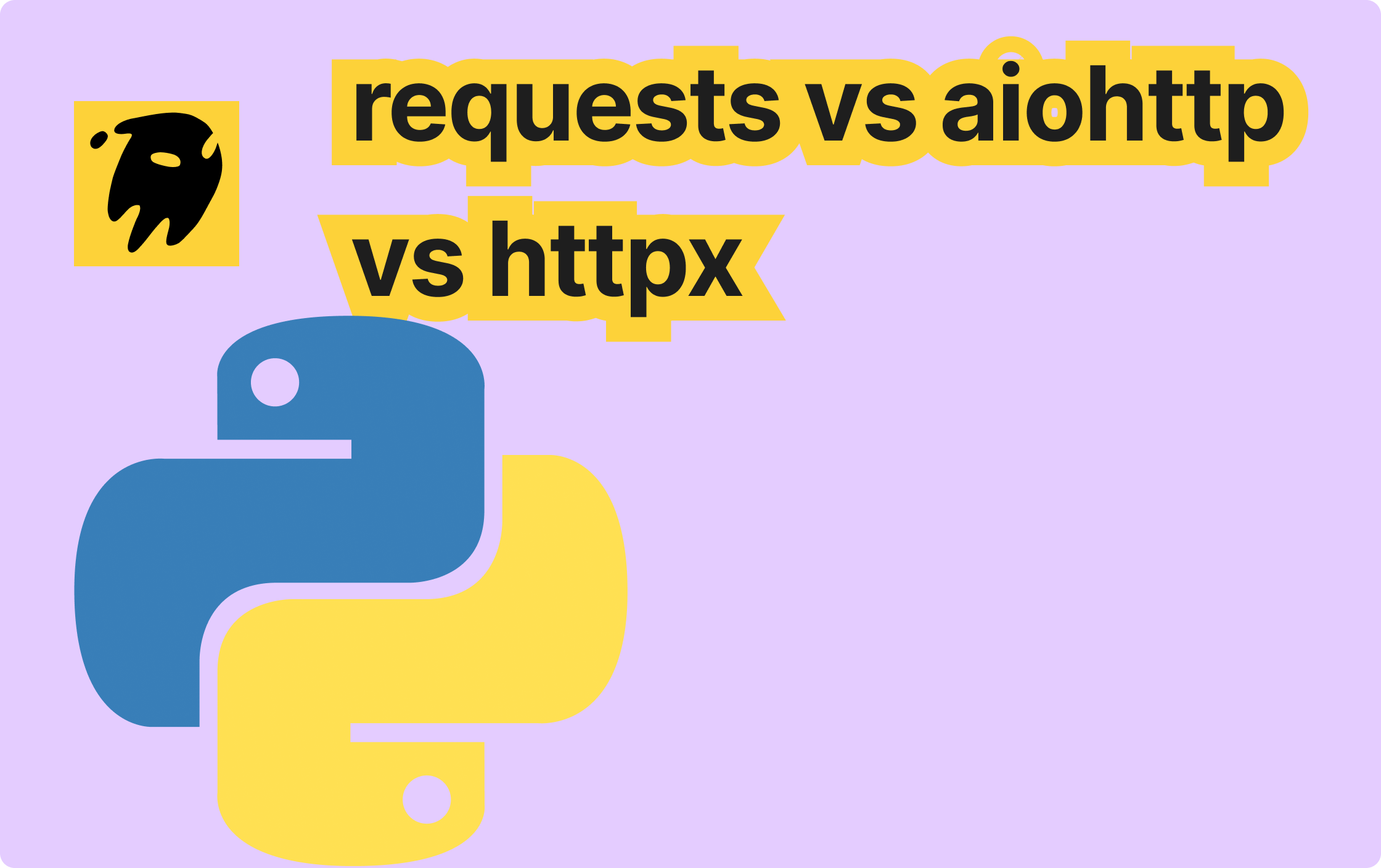
requests vs aiohttp vs httpx: A Deep Dive into Python HTTP Clients
Among the rich variety of Python HTTP client libraries, the most well-known ones are requests, aiohttp and httpx. Without the help of other third-party libraries, requests can only send synchronous requests; aiohttp can only send asynchronous requests; while httpx has the ability to send both synchronous and asynchronous requests.

Using CONCAT in MySQL to Combine Strings Effectively
Learn how to concatenate strings in MySQL using `CONCAT()` and `CONCAT_WS()`.
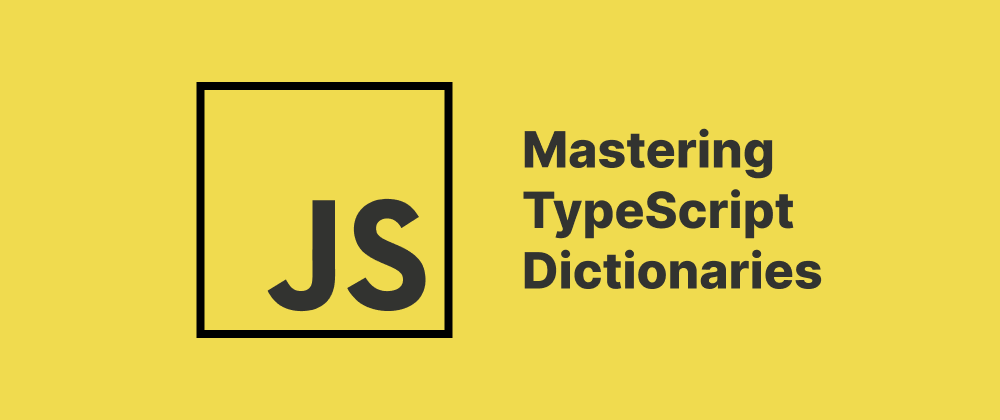
Mastering TypeScript Dictionaries: Index Signatures and Record Types
Type-safe TypeScript dictionaries using index signatures and `Record`.
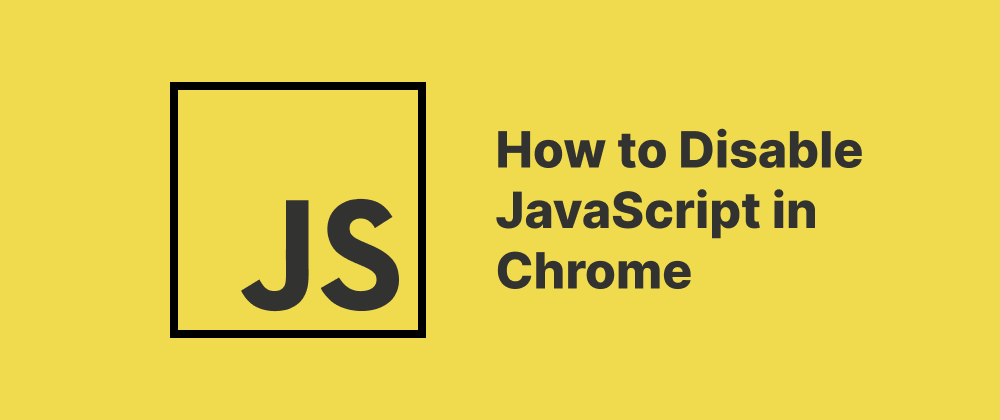
How to Disable JavaScript in Chrome
Guide to disabling JavaScript in Chrome and managing site-specific settings.
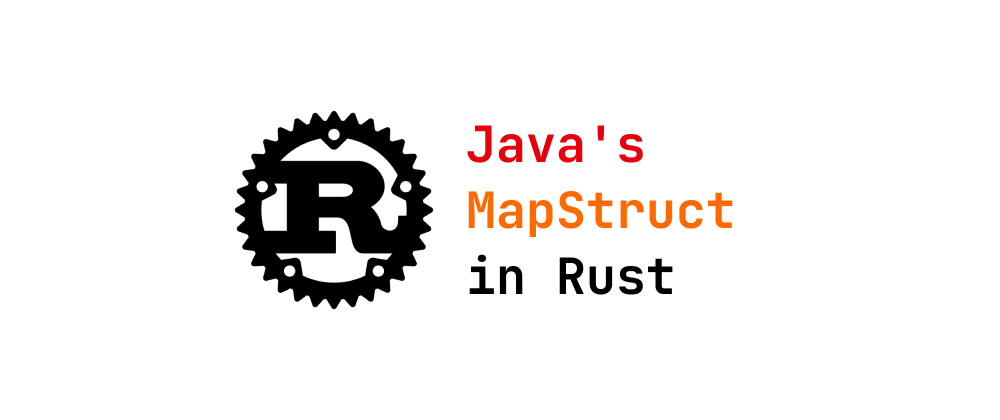
Java's MapStruct Implemented in Rust
Rust macro-based alternative to Java's MapStruct for automatic struct conversion.
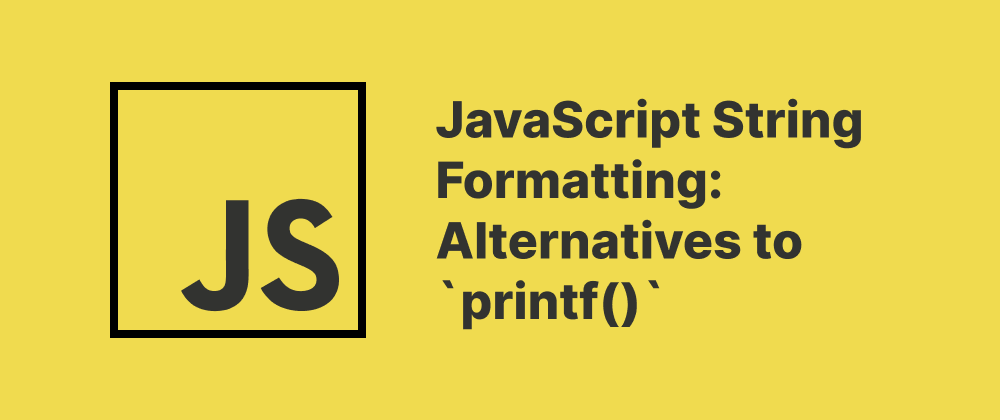
JavaScript String Formatting: Alternatives to `printf()`
JavaScript string formatting with template literals and `printf`-like custom methods.
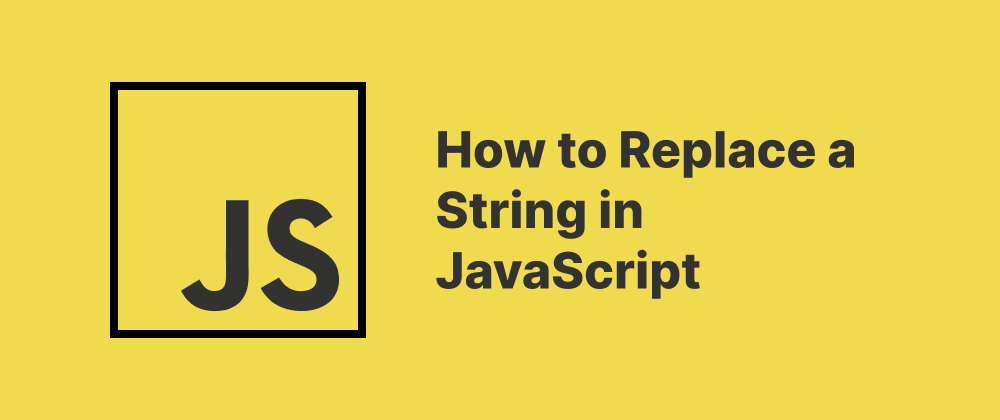
How to Replace a String in JavaScript
Replace strings in JavaScript using `replace()` with regex and functions for flexibility.
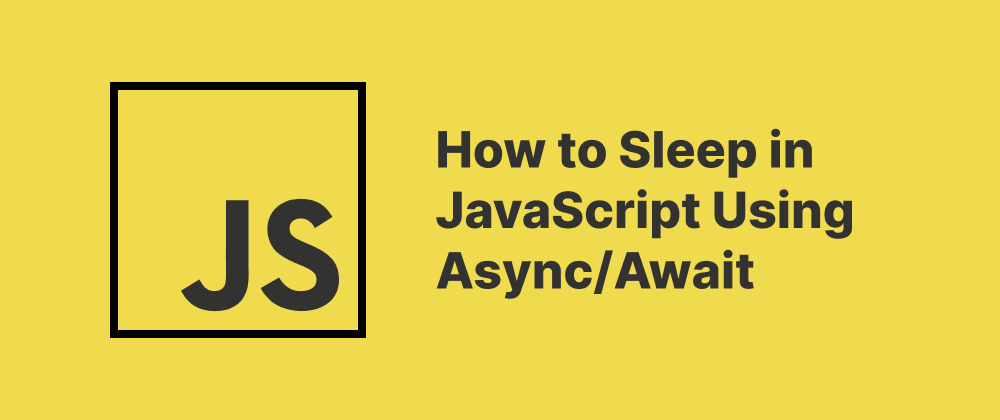
How to Sleep in JavaScript Using Async/Await
Simulate sleep in JS with Promises and async/await.
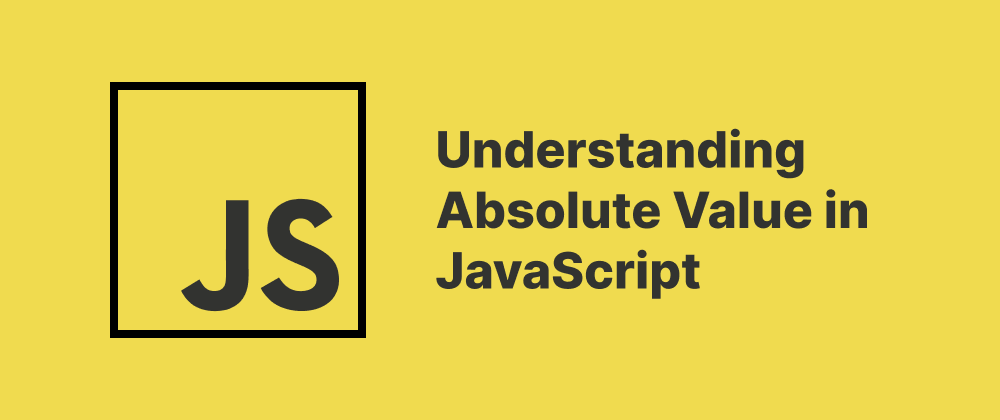
Understanding Absolute Value in JavaScript
Learn how to use `Math.abs()` to get absolute values in JavaScript.
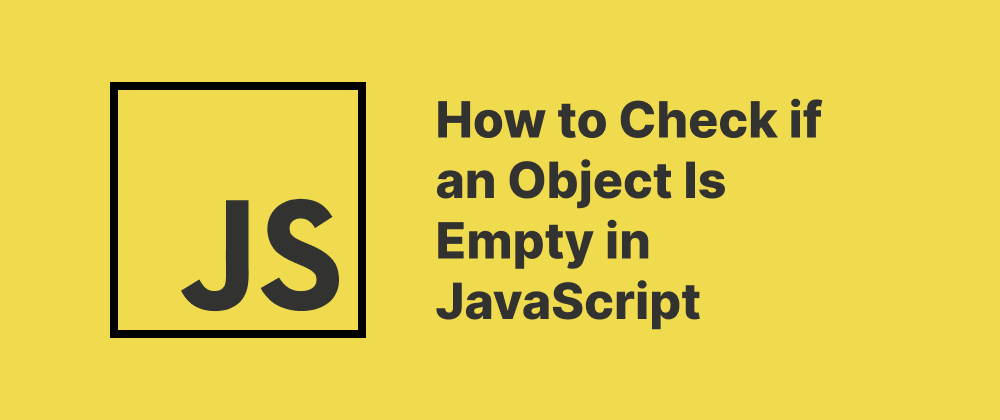
How to Check if an Object Is Empty in JavaScript
Reliable ways to check if a JavaScript object is empty.
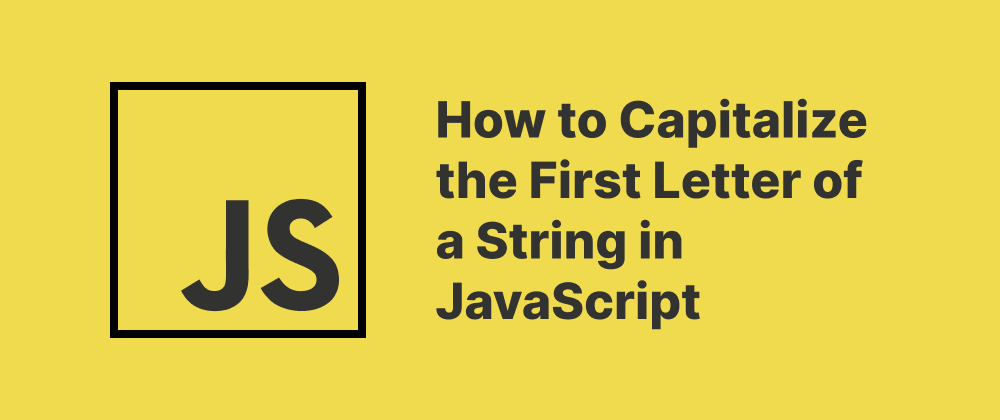
How to Capitalize the First Letter of a String in JavaScript
Capitalize a string’s first letter using JavaScript string methods safely and effectively.

Understanding Ownership and References in Rust
Explains Rust’s ownership, borrowing, and references to prevent memory errors.
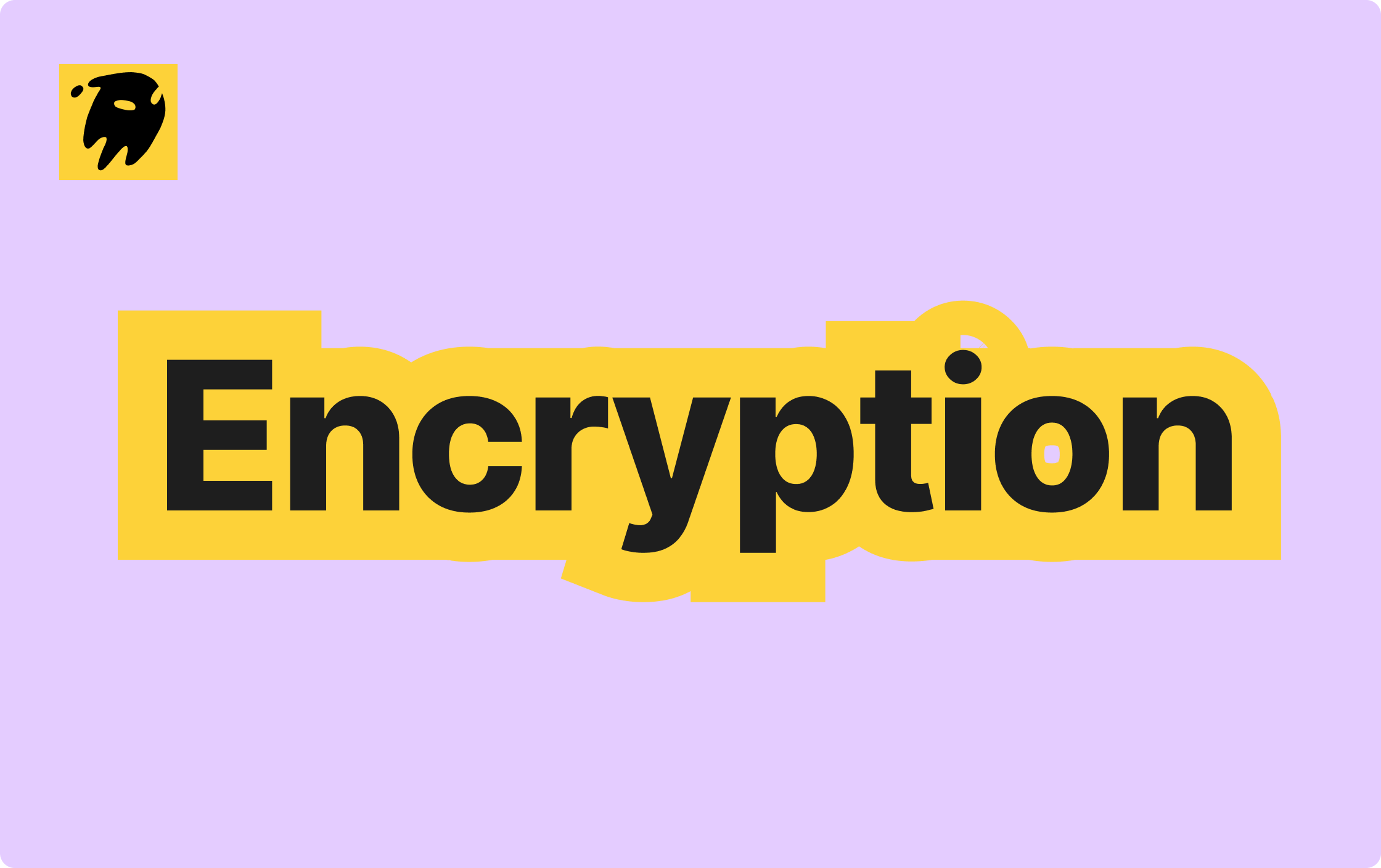
Deep Dive into Cryptographic Algorithms with Python
Encryption technology in Internet development is a key defense line for ensuring data security. Developers should reasonably select encryption algorithms according to different scenarios, and continuously optimize the encryption scheme by combining technologies such as salting. At the same time, they should pay attention to the latest research achievements in encryption technology to deal with the increasingly complex network security threats and safeguard the security and stability of the digital world.

When to Break the Rules: Database Normalization in Practice
Understanding database normalization and its practical implications.

Best Practices for Design Patterns in Go
Implementation of Ten Design Patterns in Go Language and Their Applications in Internet Scenarios
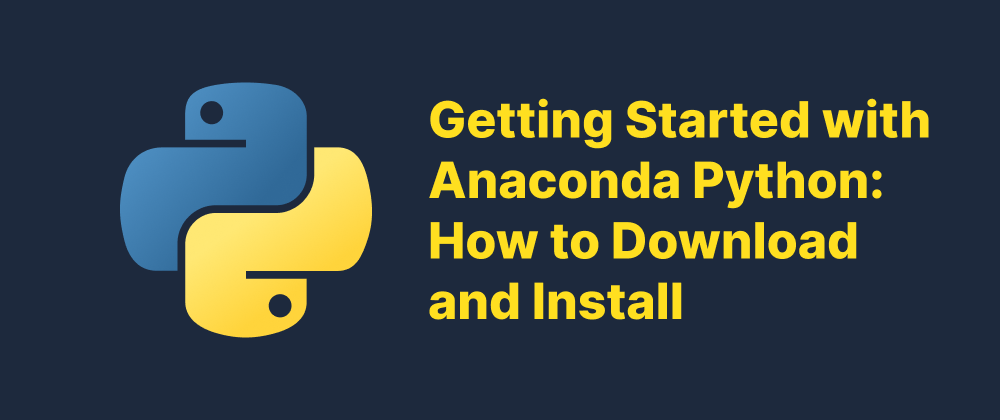
Getting Started with Anaconda Python: How to Download and Install
Quick guide to downloading and installing Anaconda for data science workflows.
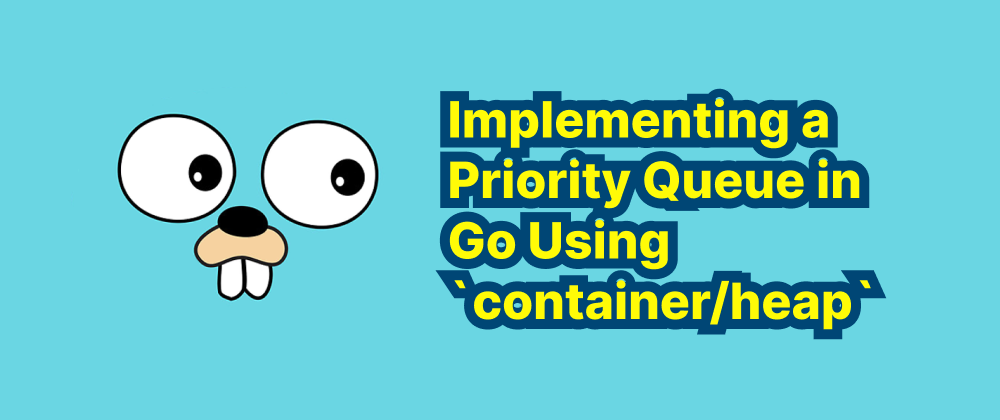
Implementing a Priority Queue in Go Using `container/heap`
Build a customizable priority queue in Go using the heap interface.

Passing by Reference in Go: A Practical Guide
How to use pointers in Go to simulate pass-by-reference behavior.

When to Use Async Runtimes in Rust Concurrency and When Not
Learn the right use cases and limits of async runtimes in Rust.

Security Risks of Using Pickle for Deserialization in Python
This article comprehensively introduces the concepts of serialization and deserialization in Python, as well as the application of the Pickle module in this process. At the same time, it elaborates in detail on the principles of deserialization attacks and demonstrates the ways that attackers may use through specific code examples. Finally, we discussed the principles and specific methods of preventing Pickle deserialization attacks, including restricting deserialization types and using more secure serialization modules. It is hoped that through the introduction of this article, everyone can have a deeper understanding of deserialization attacks and take effective preventive measures in actual programming to ensure the security of the system. If you have any questions or suggestions about the content of this article, you are welcome to discuss them in the comment section.

Simulating Default Parameters in Go
Go lacks default parameters but offers clear workarounds like wrapper functions and config structs.

Mastering Concurrency in Go with Goroutines and Channels
Goroutines and channels power Go's efficient concurrency model.

Custom Errors in Go: A Practical Guide
Define structured errors in Go for clarity, control, and safer error handling.

Common Async Pitfalls in Rust Concurrency
Learn the top async traps in Rust and best practices to prevent them.
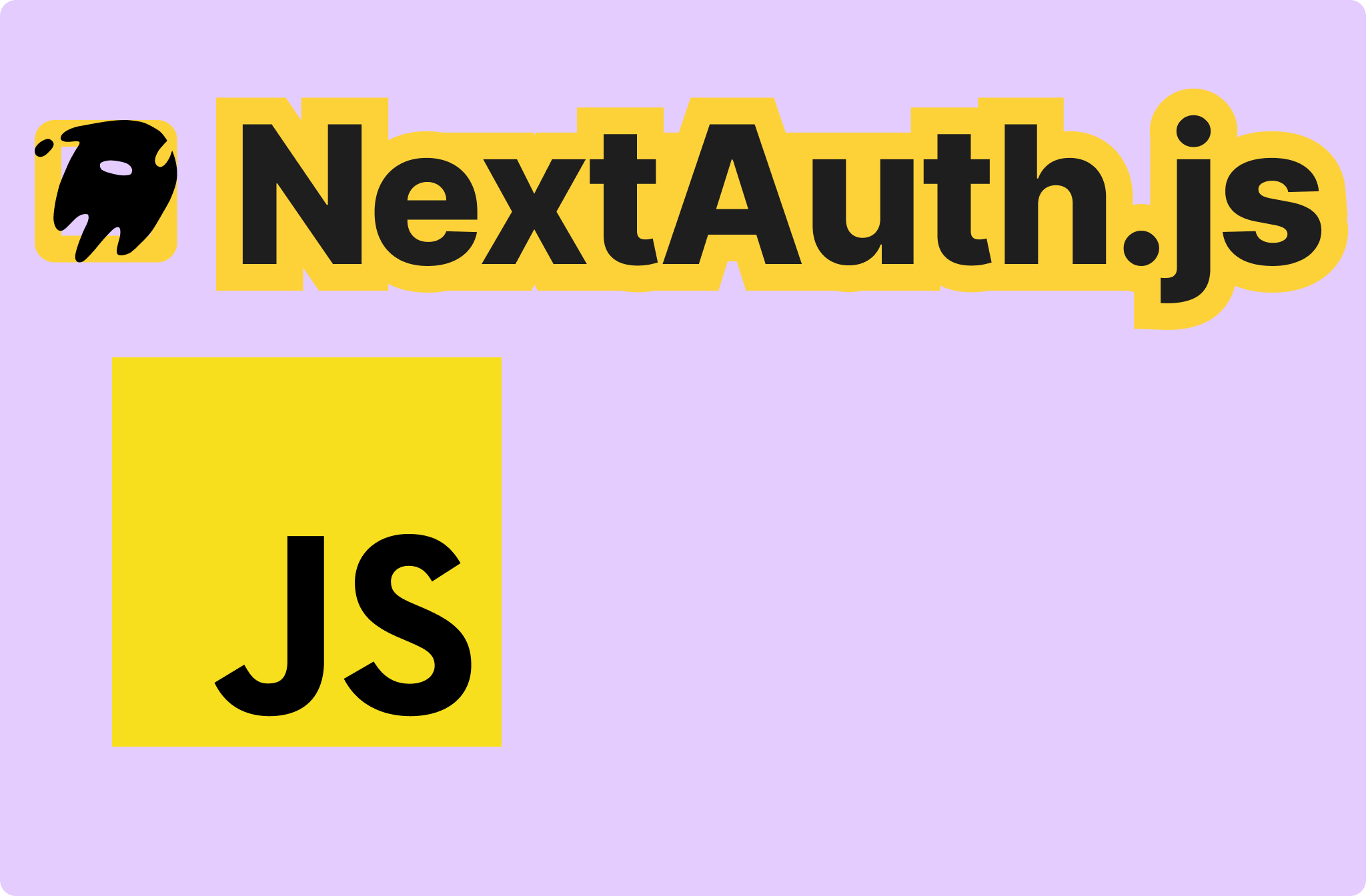
Under the Hood of NextAuth.js: A Scalable Authentication System
Next-Auth provides powerful and flexible authentication functions through a reasonable division of the source code structure. Whether it is the encapsulation of network requests, session management, support for multiple authentication methods, or considerations for security (such as CSRF protection and JWT encryption), it reflects the excellence of its design. Developers can deeply understand and expand the source code of Next-Auth according to their own needs to meet the authentication requirements of different projects.
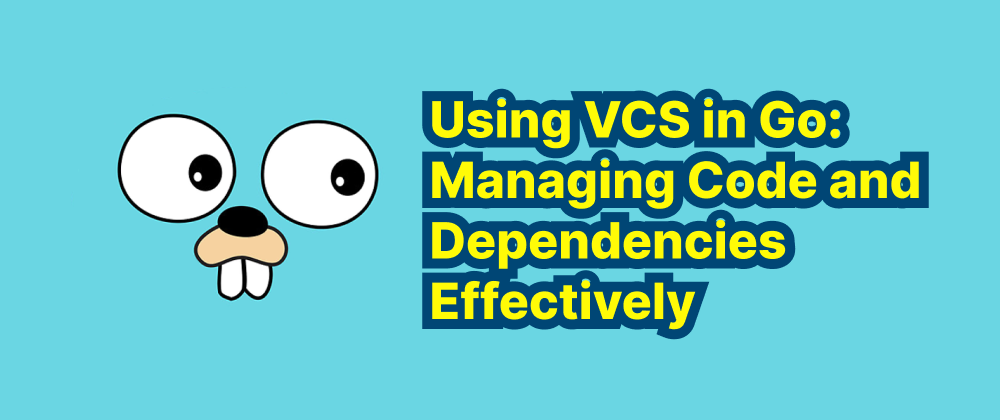
Using VCS in Go: Managing Code and Dependencies Effectively
Go integrates deeply with VCS for modules, builds, and traceability.

Simulating Tuples in Go: Structs, Generics, and Practical Workarounds
Workarounds for using tuples in Go via structs, generics, and libraries

How to Set Default Values in Go Structs
Techniques for setting custom default values in Go structs.

7 Retry Patterns Every Backend Engineer Should Know
How to avoid retry storms and design robust failure recovery mechanisms.

Building a Template Engine from Scratch (Like Jinja2 or Django Templates)
It is hoped that through this simple academic example, you can have a preliminary understanding of the working principle of the template engine. Although this code is still far from being production-level, it can serve as a basis for developing more complete tools.

How to Use `range` as a `foreach` in Go
Use Go's `range` to iterate like `foreach` across common data types.

Understanding Go's `fallthrough`: How and When to Use It
How Go’s `fallthrough` works and why it must be used carefully.

How to Copy a File in Go (Golang)
A practical guide to copying files in Go using `io.Copy` and `os` utilities.

Domain-Driven Design Made Simple: A Developer's Perspective
A hands-on guide to Domain-Driven Design with real-world code comparisons.
